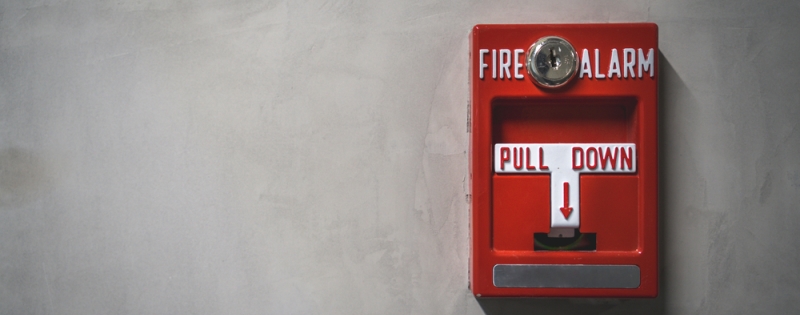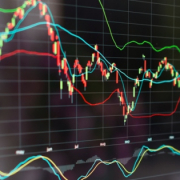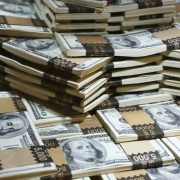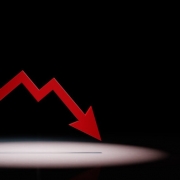Another Disaster Prediction Because Of Treasury Yield
Trying to follow the economy at the moment is like watching a ping-pong game sped up for viewing whiplash. Last week the Federal Reserve held interest rates steady and indicated three possible cuts in 2024. CBRE had some optimistic capital market projections for next year.
And then? Jeffrey Gundlach — founder, CEO, and chief investment officer of Doubleline, and money management firm that is a big player in the bond market — said in a CNBC interview that when the yield level of the 10-year Treasury market goes below 4%, it sounds “almost like a fire alarm.”
“They believe, I think, that they’re done,” he said in the interview. “The Fed has been on hold for four of the last five meetings, so it’s a trend.” He added that his firm’s model suggests that headline CPI could be 2.4% by June. “If that’s the case, I think the Fed cuts rates.”
Gundlach also said he thought the 10-year yield would drop to the low 3s by sometime in 2024.
“I think we’re talking about a recession next year,” he said, also saying that there may be a breakdown of the correlation of strong bonds and strong equities.
That point is interesting and historically strange. Start with the old rule that a yield curve inversion — when the yields of short-term Treasury instruments are higher than long-term yields. The standard interpretation is that bond traders think that rates will be lower in the long term, which is usually associated with recessions.
While inversion has been a fairly reliable predictor of recessions in the past, it’s been far less certain recently. There was a period in 2019 when an inversion happened but the recession that would come was due to the pandemic and implosion of the supply chain. Not exactly what anyone might have expected.
And after? The curve inverted in early July 2022 and hasn’t returned to normal. But it was larger many times from 2022 on until now.
When the Fed announced the likelihood of cuts next year, stock prices shot up. But then yield prices started falling on 10-year Treasurys, which is odd, because typically, when equity prices go down, bond prices go up because investors move to what they feel is safer. As prices go up in bonds, yields come down.
What the market is showing is the exact opposite of what you might expect. Stock prices rose and bond prices rose, because yields dropped.
All this is to say that there seem to be some odd reactions across caverns that investors have come to trust.
Source: GlobeSt.











